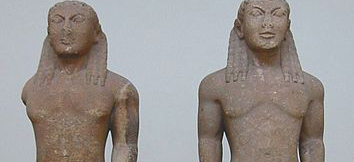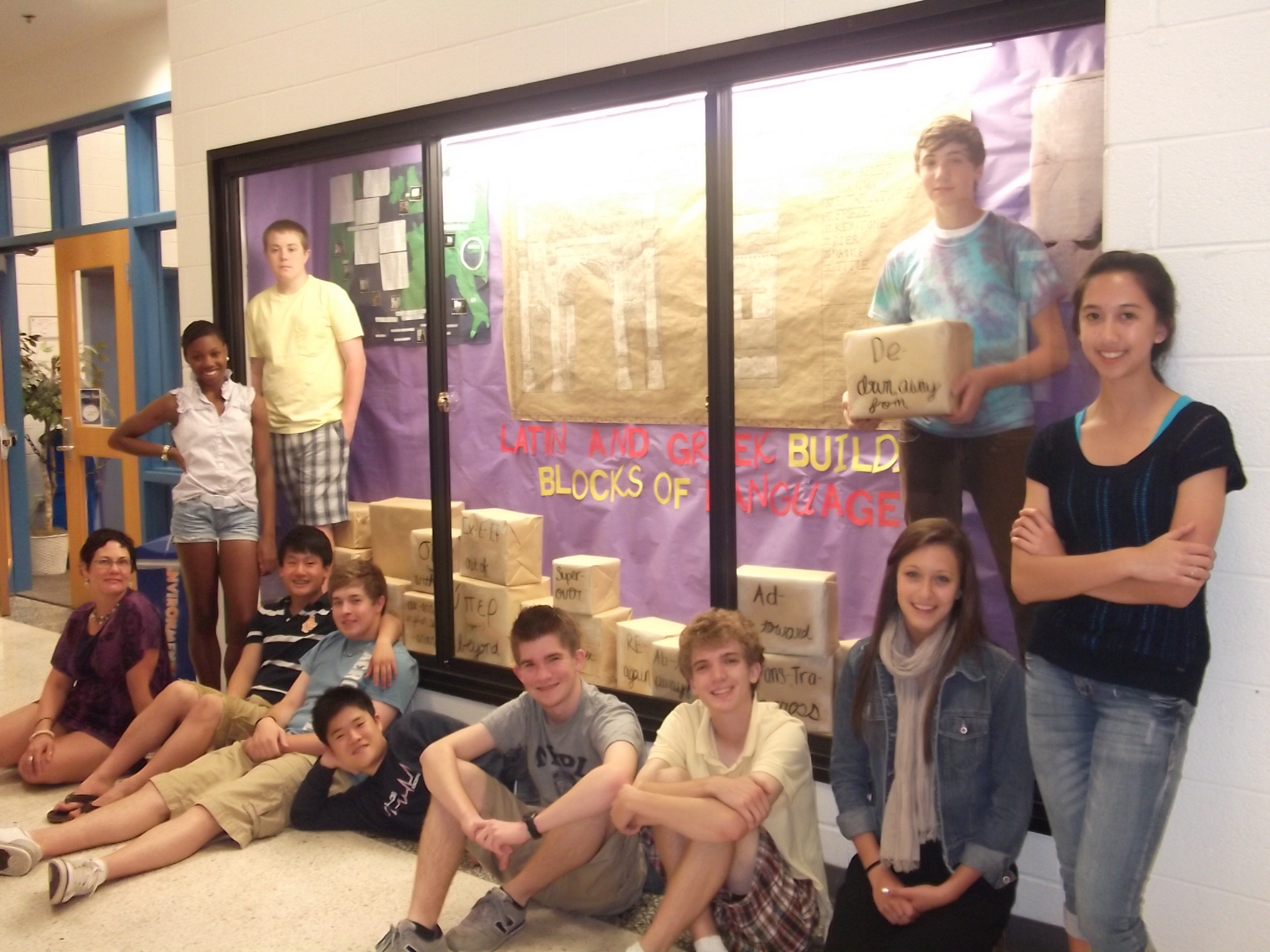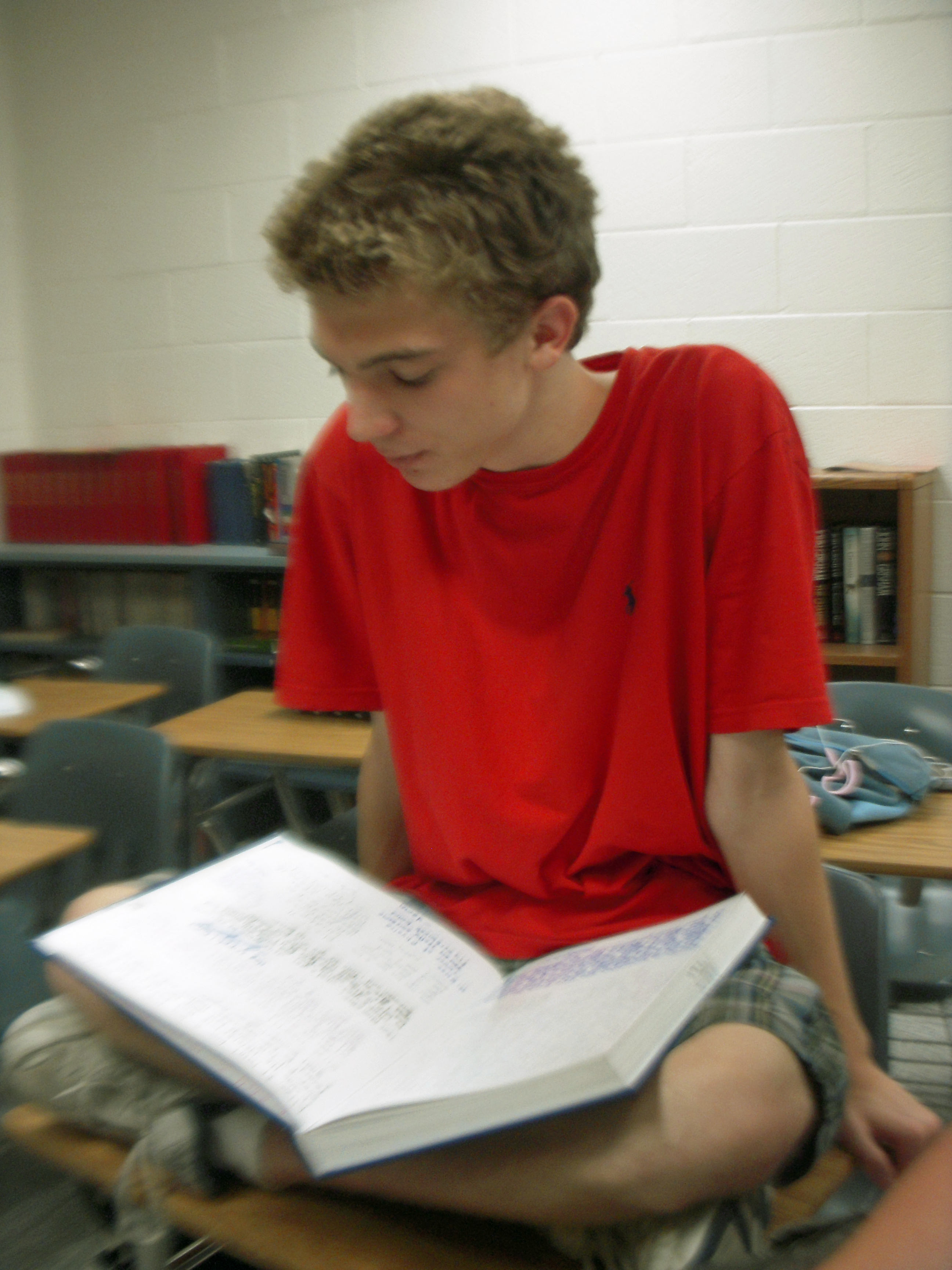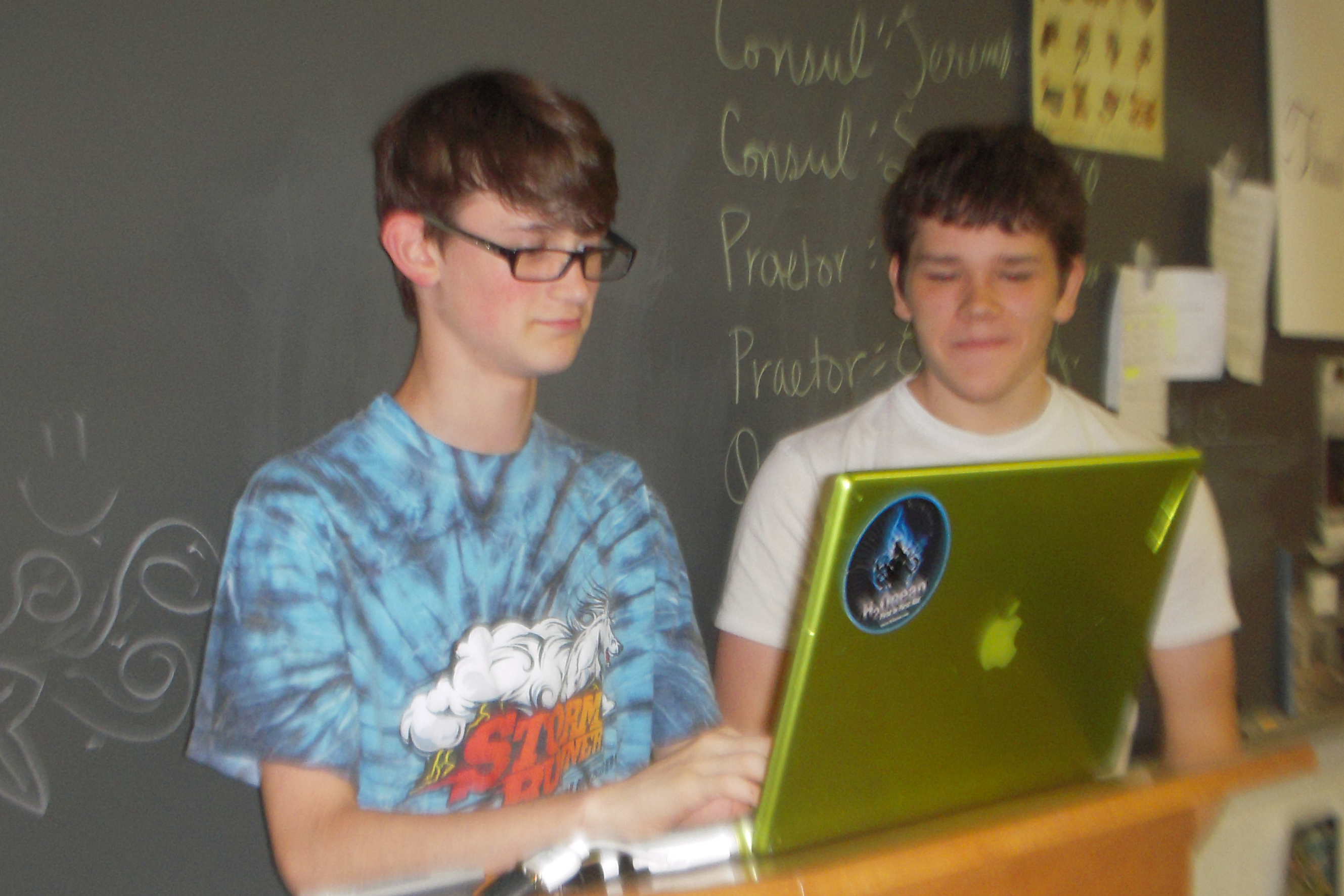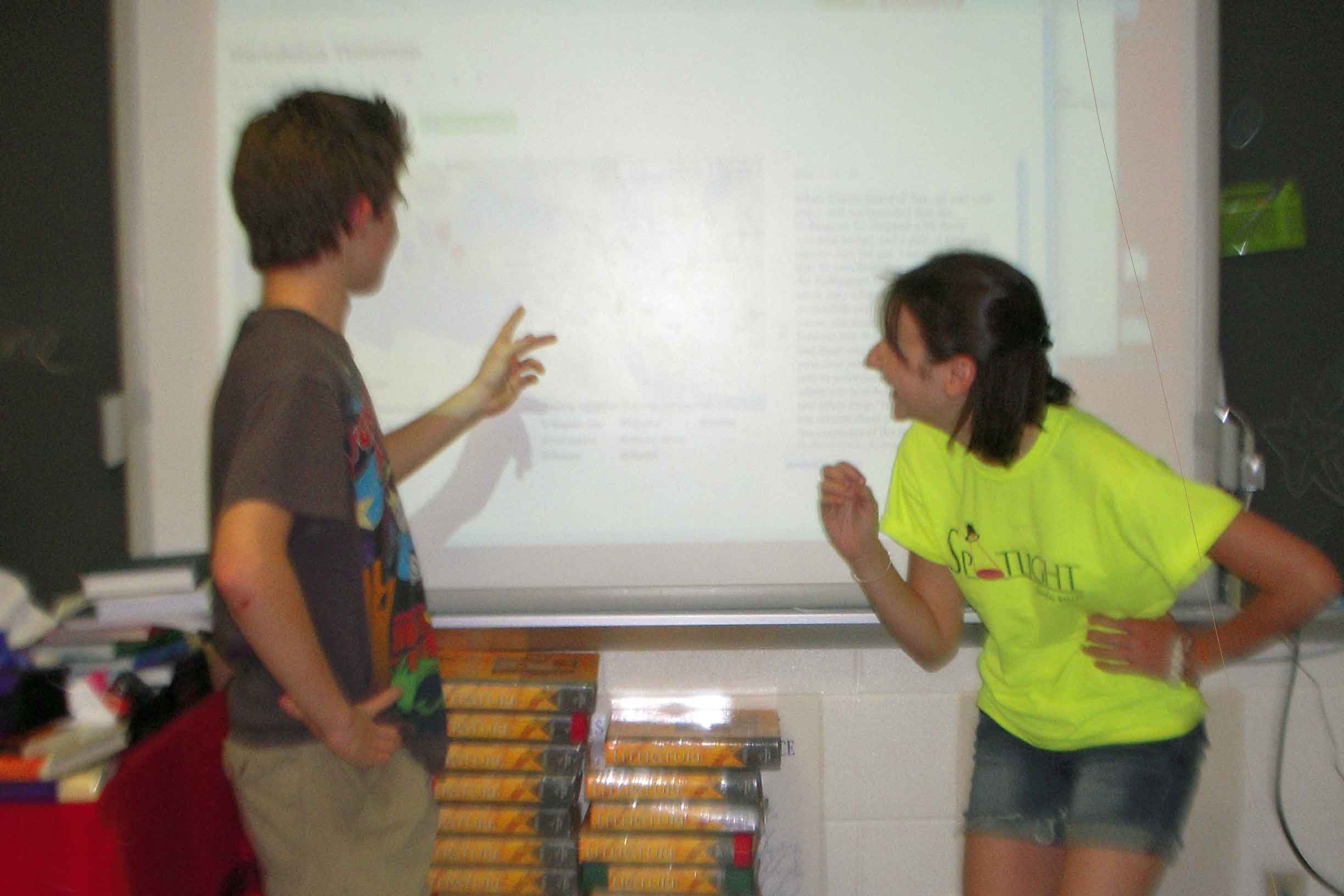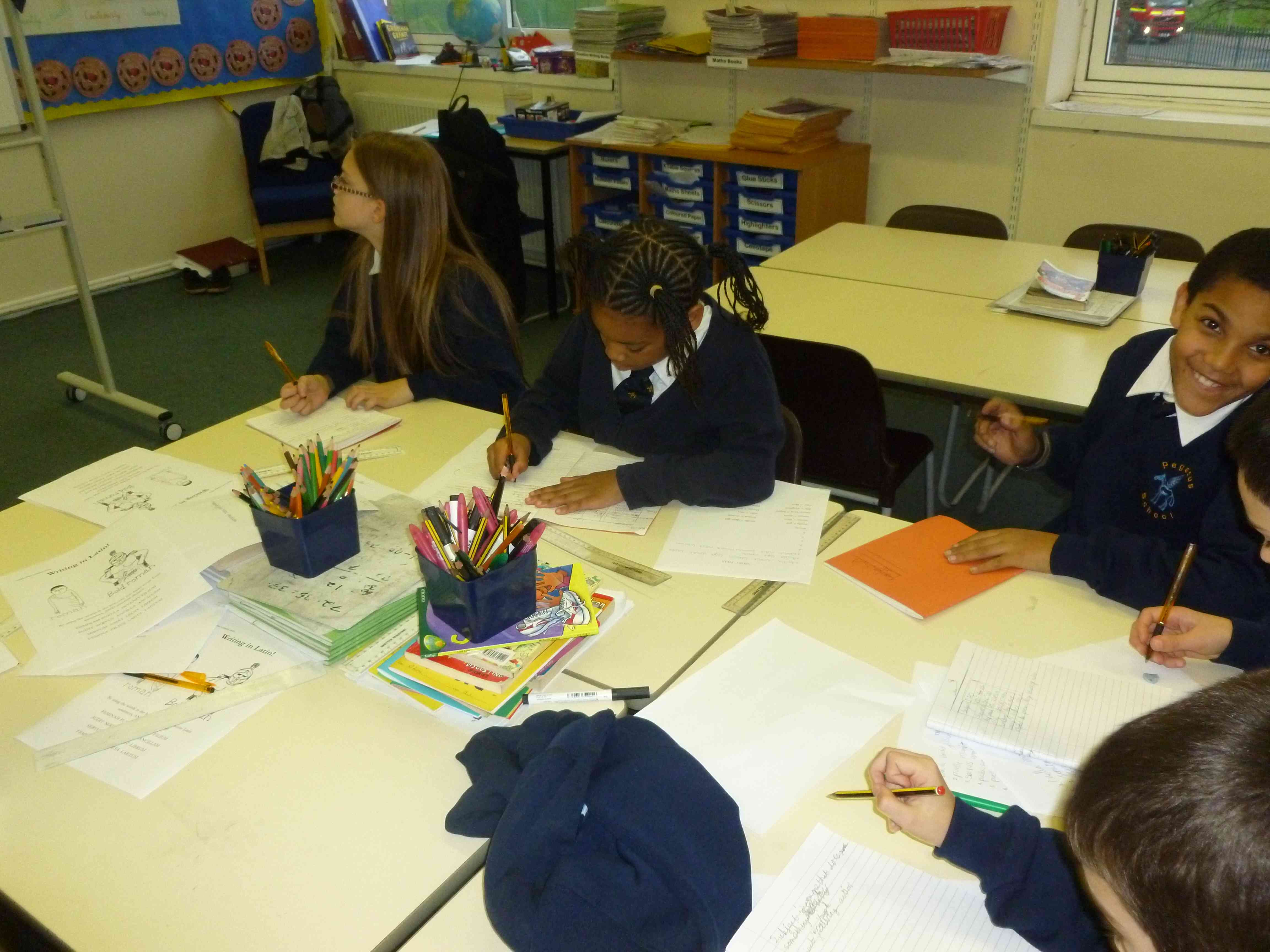This is the first of three posts reporting on the deployment of the Hestia toolkit to teach Herodotus’ Histories in two college classrooms at the University of Texas at Austin (and to introduce the historian’s work to one high-school Latin class). This post focuses on the reaction of high-school and lower-division college students to the Hestia narrative timeline as a supplement to traditional instruction based on printed texts.
On June 6th, the Hestia2 project will hold the last of its four seminars: this one will focus on the use of digital tools in teaching and public engagement, and the connection of digital pedagogies with scholarly research. It therefore seems like an especially good time to discuss the results of a year-long experiment with the Hestia toolkit — primarily the narrative timemap, but also the ARK database — in one lower-division and one upper-division Classics course at The University of Texas at Austin.
Read More»